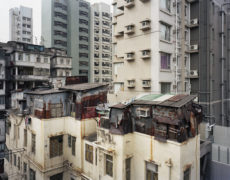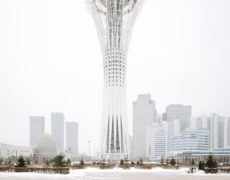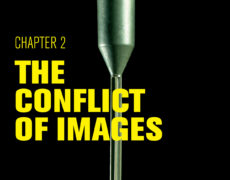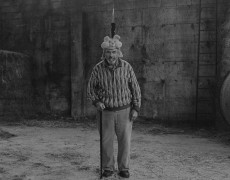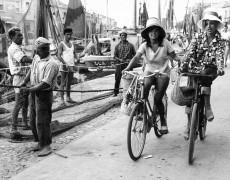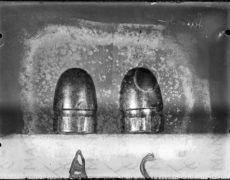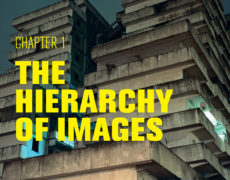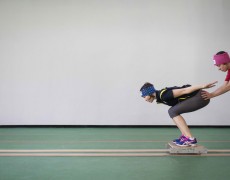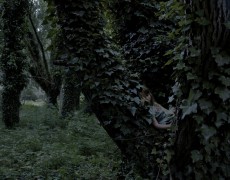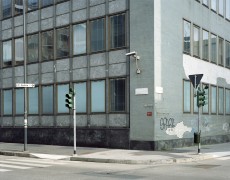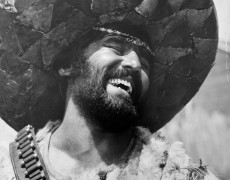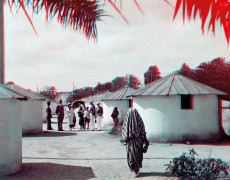
Exhibition: Amira Fritz
Observe with a Soft Voice – Philosopher Gaston Bachelard once called himself a „dreamer of words, a dreamer of written words.“ Amira Fritz, on the contrary, is a dreamer of images, floating atmospheres, harmonic landscapes, gentle flowers, faces and people who investigate the observer as if they emerged from an unreachable, enchanted otherworld. Her photographs (just like Bachelard’s words) detach themselves from the heavy burden that binds them to time and reality and instead open up to the dream, to emotions, to a poetic geography where travelling is the ability of encountering without revealing.



